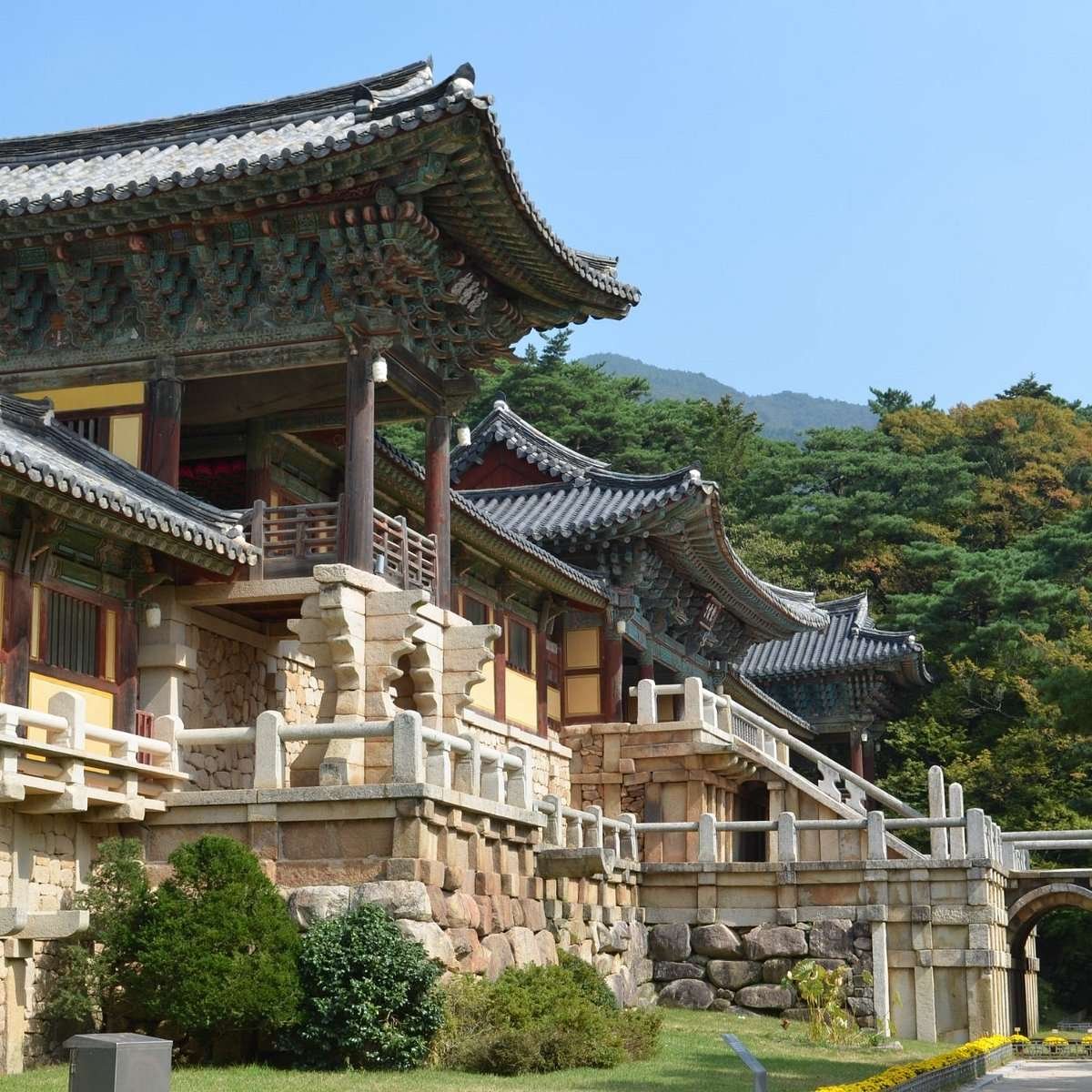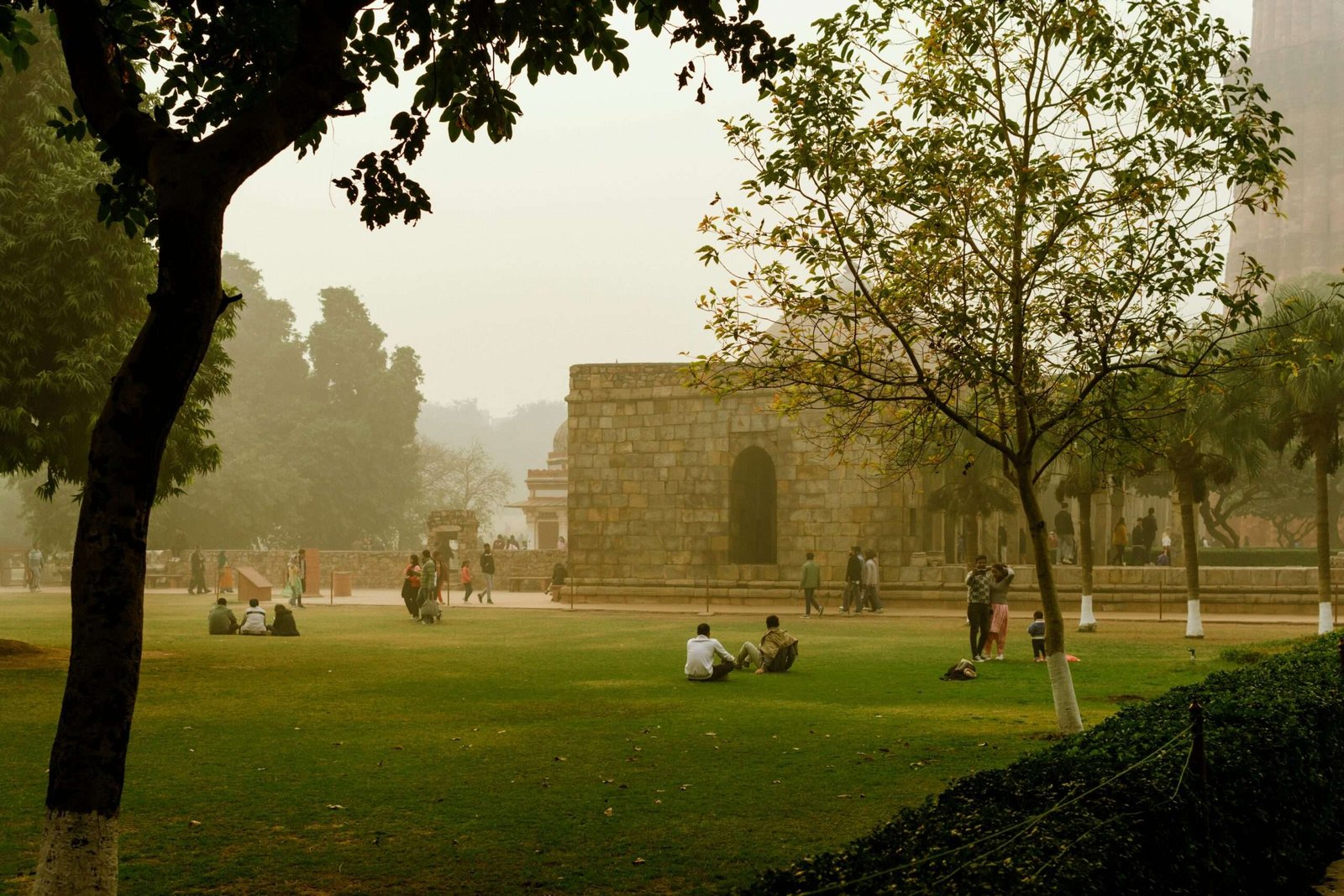Gyeongju tourism

Tourism Sites

Bulguksa Temple
🧠 Fact: A UNESCO World Heritage Site and Korea’s most famous Buddhist temple, originally built in 528 AD.
💡 Tip: Visit early morning for peaceful views and to avoid tour groups.
Info: Bulguksa, perched on Mount Tohamsan in Gyeongju, is a 6th‑century Buddhist temple rebuilt in the 8th century under Prime Minister Kim Dae‑seong and designated a UNESCO World Heritage site in 1995
tripadvisor.com
+14
en.wikipedia.org
+14
whc.unesco.org
+14
. This sprawling complex features remarkable stone terraces, iconic bridges—Cheongun‑gyo and Baegun‑gyo—and twin stone pagodas: ornate Dabotap and simple Seokgatap, both national treasures
en.wikipedia.org
+13
en.m.wikipedia.org
+13
aroundtheworld4u.com
+13
. Its wooden halls—Daeungjeon, Gwaneumjeon, and Birojeon—house gilt‑bronze Buddhas. The temple exemplifies Silla’s golden age of Buddhist art, blending architectural harmony with spiritual symbolism across its three sacred zones
- 📍 Gyeongju, South Korea

Tumuli Park (Daereungwon Tomb Complex)
🧠 Fact: A cluster of royal tombs from the Silla era, including Cheonmachong Tomb, which you can enter to view
ancient relics.
💡 Tip: Rent a bike nearby to explore the entire tomb park and nearby Gyeongju’s historic district.
Info: Tumuli Park, also known as the Daereungwon Tomb Complex, is a historical site in Gyeongju, South Korea, that showcases large grass-covered burial mounds of ancient Silla royalty. This UNESCO-listed site contains more than 20 tombs, including the famous Cheonmachong (Heavenly Horse Tomb), where golden crowns and treasures were discovered. The park offers a peaceful walk through Korea’s ancient past, blending natural beauty with rich heritage. Visitors can explore the interior of some tombs and learn about Silla-era burial practices, making it a fascinating stop for history and culture enthusiasts.
- 📍 Gyeongju, South Korea
